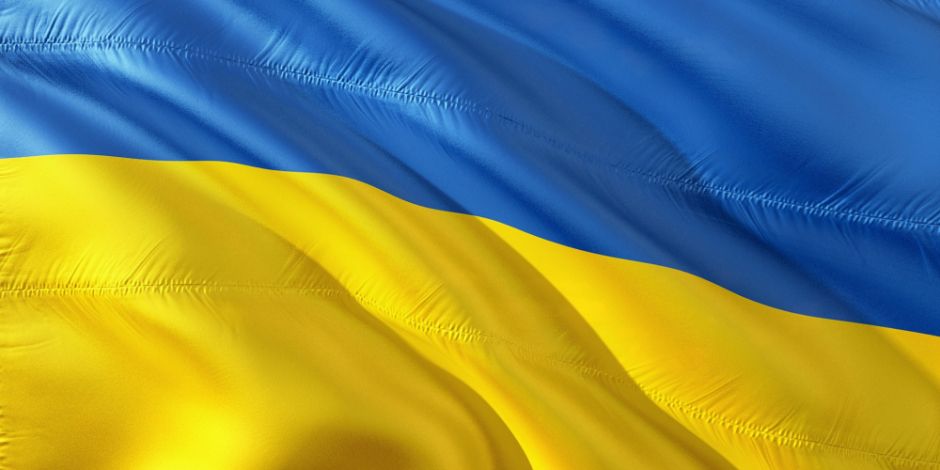
Edmond de Rothschild AM: Conflict in Ukraine – 3 Scenarios
Michaël Nizard, Head of Multi-Asset & Overlay, and Delphine Arnaud, Fund Manager Multi-Asset & Overlay, have drawn up, with the team, three scenarios for the resolution of this conflict. All of them result in higher inflationary pressure, but with varying levels of risk of a deceleration in growth depending on the duration of the conflict.
26.04.2022 | 08:06 Uhr
First scenario: A CEASEFIRE AND A WITHDRAWAL OF RUSSIAN TROOPS
In this first scenario, Russia withdraws its troops from most of Ukraine in order to concentrate its forces on Crimea and Donbass, but without managing to keep full access to the Azov Sea. The rapid signing of a ceasefire would allow Putin to boast victory during the festivities on 9 May, although the situation will remain in conflict in southern and eastern Ukraine. The demobilisation of Ukrainian armed forces would lead to a resumption of agricultural work and reduce the risk of wheat shortages in emerging countries. Energy prices would fall back to levels close to pre-invasion levels, thereby reducing inflationary pressure. A relaxing of the sanctions would make it possible to fluidify production circuits. A decline in risk aversion on the markets and the shock on consumer confidence would make it possible to envisage economic growth in 2022 close to the level expected at the beginning of the year.
Second scenario: A STALEMATE IN THE CONFLICT
Both sides defer the signing of the ceasefire with a view to gaining a military advantage in the pursuing combat, and a stalemate of the conflict beyond the summer could be a fear. Al-though investors, like the media, gradually turn their attention away from the war in Ukraine, considering that the worst has already been priced in, the headlines would regularly return to the fore with events that could lead to fears of a shift of the conflict to a darker scenario. Commodity prices would be kept at high levels due to shortages. Although an escalation of the sanctions is not in this scenario, rations are nevertheless to be feared, posing a risk of a slowdown in activity in Europe. As agricultural work cannot be carried out, there is a risk of food shortage and an uprising in emerging countries.
Third scenario: ESCALATION OF THE CONFLICT
If Ukraine rejects the terms of a ceasefire in a referendum,
if the sanctions are not enough to cause Russia to give in, if China were to
give diplomatic or logistical support to Russia, we could fear an overflow of
the conflict, until now localised, and see an international polarisation of the
conflict, like during the Cold War. In this scenario, our fears are a
disruption of Euro-pean gas supply via Ukrainian gas pipelines, NATO military
intervention and an escalation of sanctions between the US and China. Global growth would
collapse and risk assets would see a 15%-30% decline. We can wonder whether the
financial markets have actually priced in the new status of the European economy, that of a war economy.




Diesen Beitrag teilen: